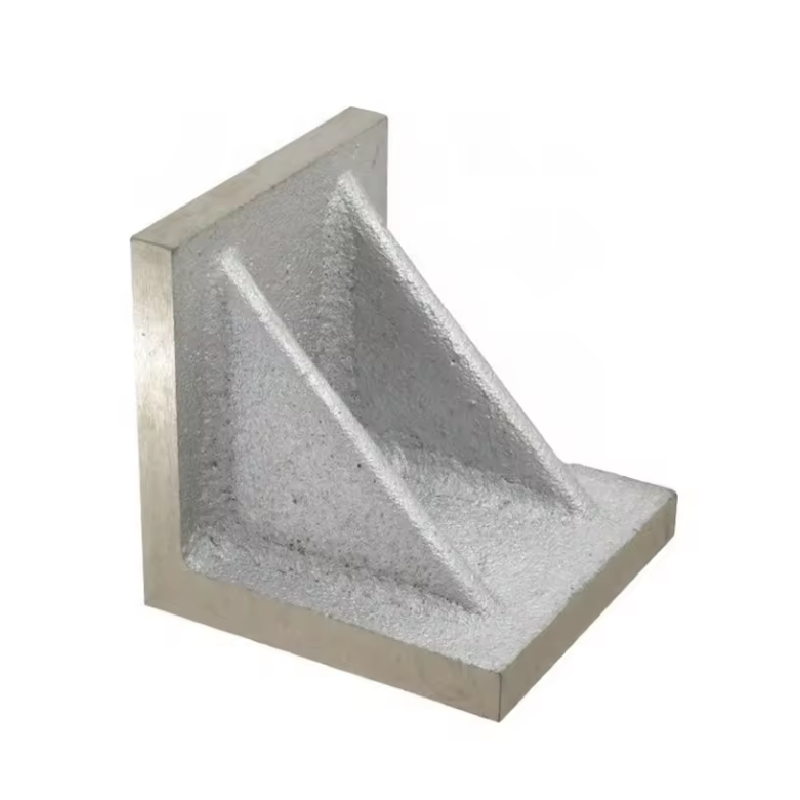Aug . 12, 2024 12:42 Back to list
Understanding Different Types of Valves and Their Applications in Various Industries
Understanding Valve Types A Comprehensive Guide
Valves are essential components in various industrial applications, playing a crucial role in controlling the flow and pressure of fluids within systems. They can be found in a multitude of settings, from residential plumbing to large-scale manufacturing facilities. Understanding different valve types is essential for engineers, technicians, and anyone involved in managing fluid systems. This article will explore the primary types of valves, their functions, and their applications.
1. Gate Valves
Gate valves are primarily used to start or stop the flow of fluid. They operate by raising or lowering a gate within the valve, and they are characterized by their low resistance to flow when open. They are ideal for applications where a straight-line flow of fluid is necessary, such as in water distribution systems. However, gate valves are not suitable for throttling purposes, as partially open gates can create turbulence and lead to erosion.
2. Globe Valves
Globe valves are designed for regulating flow. They consist of a movable disk that is positioned over a stationary seat and is adjustable to control the passage of fluid. This type of valve is often used in applications requiring precise flow control, such as in steam, oil, and gas pipelines. The shape of the globe valve creates a significant pressure drop, which can be a disadvantage in some situations.
3. Ball Valves
Ball valves utilize a spherical disc to control flow. The ball has a hole through its center, and when the ball is rotated, it either allows the flow through or blocks it completely. Ball valves are known for their durability and ability to provide a very tight seal. They are commonly used in applications where quick shut-off is necessary, such as in gas and water systems.
valve types

4. Butterfly Valves
Butterfly valves employ a rotating disc to regulate flow. When the valve is open, the disc is turned parallel to the flow, allowing a clear passage. This design is lightweight and provides low resistance to flow, making it suitable for large volume applications, such as HVAC systems and water supply lines. Butterfly valves are efficient for on/off control and can also modulate flow when needed.
5. Check Valves
Check valves, also known as non-return valves, allow fluid to flow in one direction only. They prevent backflow, which is crucial in many systems to protect pumps and other equipment from damage. Check valves are commonly used in applications involving pumps and piping systems in water treatment plants, sewage treatment facilities, and other industrial settings.
6. Pressure Relief Valves
Pressure relief valves are critical for safety in systems that carry gases or liquids under pressure. They are designed to open automatically when the pressure exceeds a predetermined limit, allowing excess fluid to escape and thus preventing potential damage or explosion. These valves are vital in various applications, such as in power generation, chemical processing, and oil refineries.
Conclusion
In summary, the selection of the appropriate valve type is paramount for ensuring the efficiency and safety of fluid systems. Each valve has unique characteristics that make it suitable for specific functions and applications. Gate, globe, ball, butterfly, check, and pressure relief valves all serve distinct purposes, and understanding their operation can significantly improve system performance. Whether in industrial or residential settings, the right valve choice contributes to optimal control over fluid flow and enhances overall system reliability. As technology advances, innovative valve designs continue to emerge, promising even greater efficiency and safety in fluid management.
-
Why Metric Trapezoidal Thread is Ideal for Precision Motion ControlNewsAug.05,2025
-
The Unique Properties of a Block of Granite for Industrial UseNewsAug.05,2025
-
The Role of Flanged Y Strainers in Preventing Pipeline ClogsNewsAug.05,2025
-
The Importance of Regular Calibration for Master Ring GagesNewsAug.05,2025
-
How a Cast Iron Surface Table Enhances Accuracy in ManufacturingNewsAug.05,2025
-
Comparing Different Check Valve Types for Optimal Flow ControlNewsAug.05,2025
Related PRODUCTS









